Image Credit: Canstock
Welcome to my guest blogger series Women and the Body.
This post on embodiment is by Toni Jackson.
Toni is a psychotherapist, counsellor and creative therapist in Fremantle and Mundaring, who specialises in working with women around the issues of embodiment, self-worth, anxiety, body image and personal power. She is a certified Gestalt Therapist, with a BA Psychology and a Grad. Dip. Women’s Studies. Toni has a strong interest in the areas of trauma and eating disorders and uses both body awareness and art therapy in her work.
Embodiment: Our Body As Home
“Inhabiting the body develops a sense of self-possession, and a sense of there being ‘someone at home’.” Judith Blackstone
Embodiment
When we inhabit our body, we have a felt sense of being in our body and of actually being our body. As Somatic Psychotherapist Judith Blackstone describes it, when we are embodied, rather than living in our heads, we have the sense of “existing everywhere in [our] body at once.” Our experience of our own body, becomes a self experience. For this to occur, we need to become just as sensitive to our bodily sensations – our insides – as we are to our thoughts and our outer experiences. To be embodied, is to be conscious and aware of the whole of ourselves – our body, our mind, our emotions and our soul.
In most western cultures, our understanding of the various aspects of ourselves have been separated and compartmentalised. We live in a society and an era where it is considered normal and appropriate to live outside the wisdom and experience of our own bodies. Most of us live in a fast-paced world where our thoughts and our outward appearance are valued well above the rest of ourselves. When we habitually attribute more importance to certain parts of ourselves than others, we are not living as our whole selves, and those neglected parts of us suffer.
Living in Our Body
If you consider it now, how much time do you spend in your body? This may seem like a strange question at first, however, many of us are prone to spend the majority of our time in our heads. Our thinking, and being with our thoughts, is for most, our dominant way of being. We have become very good at rationalising and controlling ourselves with our thinking – listening to our thoughts and ignoring what our bodies have to say. For example, we may feel unwell, but still go to work; we may feel hungry, but we tell ourselves we don’t need to eat; we may have tight shoulders from stress and yet we continue on as if it doesn’t matter.
What if we stopped and listened? What if we slowed down long enough to hear ourselves? To listen to how we truly feel, in our bodies?
“Our language encourages the distinction between body and “I”, we have no single word that allows us to say, “I-body”. At the most, we might say “my body” in much the same way we might refer to “my car”, implying that one’s body is property but certainly not self. Our language supports the notion that our body is an object: something that happens to me, rather than the “me that is happening.” Ruella Frank & Frances La Barre
Often when we do pay attention to our body, we experience it through our thoughts and opinions, rather than through our inner sense. For example, we might look in the mirror and decide our belly is too round. Very rarely in this situation, do we experience our belly from the inside. More often, we see it with our thoughts – with our prejudices and our self-critic. We may decide we need to exercise more, eat less, or eat only green beans. It is not our body telling us these things, but our thoughts. That is, our thoughts, informed by how we think we ‘should’ look; our thoughts informed by our own external gaze of our body. But where are we in this scenario?
“We tend to think of body as this ‘other’ that does its thing somewhat without us, and that if we ’treat’ it right, it will make us ‘feel good’. Many people treat their bodies as if the body is a slave, or perhaps they even treat it well but demand it follow their wishes and whims as though it were a slave none the less.” Clarissa Pinkola Estes
Disembodiment – Reasons we leave our selves
If as a child or adolescent, we received messages from others that our needs were not important, that we were not enough, or were too much, or if we were shamed or abused or experienced trauma, there is a good chance we learned to leave our body as a way of coping with the painful feelings we experienced. Often, we take these same coping strategies with us into adulthood. We may leave our body in an attempt to make ourselves ‘invisible’, or less ‘seen’ or because we are experiencing emotions that feel too big, scary or overwhelming. Some signs we have disassociated from ourselves are: feeling spacy, vague or confused. By leaving our body, we are more easily able to block our feelings. This can be an extremely useful coping mechanism when we feel unsafe or trapped. However, when we are largely unaware of our bodily selves for extended periods of time, we lose touch with who we are. When we do not know how we truly feel, deep within ourselves, it can be difficult to know what we need and want, or to be able to get those needs met.
How we block emotions
We hold our emotions in our body – in our hearts, our guts, our bellies. Numbing ourselves to our body, also numbs ourselves to our emotional feelings. Some people speak of pushing their feelings down, or away; of swallowing their feelings; of running from their feelings. We may numb our physical body with alcohol, drugs, or food; or we may try to leave ourselves behind with excessive amounts of exercise, sex, shopping, gambling or television. Some people hide from themselves through keeping constantly busy and distracted with work, social media or socialising – never allowing themselves time alone. All of these behaviours keep us from feeling our feelings and from being in our body. When we do this, we are increasingly more and more focused outward, rather than inward.
Getting to know our whole self again
There is so much joy to be found in being fully present to our bodily selves. Deep body awareness can be a bridge to our soul. So how do we begin to get back in touch with our body and experience embodiment? Following are some exercises designed to explore our relationship with our body.
Trigger warning: The following embodiment exercises may not be for everybody. For some of us, it can initially be very scary to be in our body. Particularly if in the past, it was safer to leave the body. However, once we begin to slowly explore being in our bodies, it can feel safer and more solid and grounding than not being in our body. Living in our body provides us with a natural boundary between ourselves and the rest of the world. Having said that, these exercises can be deceptively powerful. Go slow with yourself. If you begin to feel distressed, unsafe or overwhelmed, please stop the exercise and focus on your surroundings (what can you see, hear, smell and feel around you?). Take some long, slow, deep breaths and think about a person or place that makes you feel safe and calm. Call someone if you need to.
Body in space
How do you experience your body in space – in your environment? How do you hold your body posture? Without moving, notice how you’re holding yourself right now. Do you allow yourself to take up space? Or do you keep yourself small? What do you notice about your particular body-in-space habits? What does it feel like to notice how your body exists in space? Maybe you’d like to experiment with how you hold yourself. You can do this by either exaggerating how you naturally hold yourself, or by doing the opposite.
For example, if you tend to protect the front of your body (hunched shoulders, arms crossed), try first exaggerating this posture. Really hunch over, bunker down, wrap your arms right around yourself. Take the time to notice how you feel in this position. Now, try the opposite. Open yourself up – push your chest out, open your arms wide, put your shoulders back and hold your face up. Notice how you feel now. Relax back into a natural-feeling posture. From doing this exercise, what did you notice about yourself and how you take up space? Take care not to judge or criticise yourself – the exercise is simply about becoming more aware of yourself – there is no right or wrong way to be.
Felt sense
Felt sense is a deep, visceral awareness, from inside our body, of the sensations we experience in our body, in the present moment.
Sit or lie somewhere comfortable, where you won’t be disturbed.
Close your eyes and take a few long, slow, deep breaths in and out.
Feel the weight of your body touching the chair, floor, or bed. Feel your clothes against your skin, and the air on the exposed parts of you.
Bring your awareness into your body. Right into your body. To start this process, I often begin by looking at the inside of my eyelids. For me, this really gives me a sense that I am indeed, in my body. I then spread that awareness to other parts of my bodily self.
Notice how it feels to be in your body – from the inside, rather than from the outside looking in. Rather than from the perspective of your thoughts, experience your self from the perspective of your feeling. Keep breathing. Take some time to explore your whole body, from the inside. What do you notice? Are there areas of your body you avoid? Are there parts of you that seem unremarkable? Are there parts you are drawn to?
As you slow down and pay attention to yourself, you may become aware of parts of you that feel: hot, cold, tingly, numb, tense, painful, loose, soft, hard, furry, spiky, a particular colour, small, large, itchy, fast, slow, rough, smooth, solid, airy, empty, full, or something else. Spend some time exploring these different parts of yourself. Try describing each sensation in as much detail as possible.
If you come across a part of you that feels scared, or overwhelmed, please send it some love if you can and move your awareness to a neutral or positive part of yourself. Breathe.
It is important to take your time. As you slow yourself down, you may notice increasingly subtle sensations. It’s okay to move in this exercise if you feel the need. For example, if your legs feel like kicking, or your head feels like turning, or you want to wrap your arms around yourself, do that. As we begin to listen to ourselves on a deeper level, we often find we have needs that we were not aware of. Listen to and trust yourself.
Body wisdom – listening to your body
Listen to your body. What does it want to tell you? Sit quietly for a moment, close your eyes and take a few long, slow, deep breaths. Are there any parts of you that you seem especially drawn to? That pain in your knee/stomach/neck? What is it trying to tell you? You could ask it. “Hey neck, is there anything you’d like to tell me?” Then really listen to what that part of you has to say. Maybe it says, “You work too hard” or “I’m worried about such-and-such” or “Why do you ignore me?”. Once we allow ourselves to stop, be quiet and listen to our own selves, what we hear can be truly remarkable. However, we so rarely give ourselves the time and space to do this. The messages of our “I-body” are drowned out by our constant thinking and doing. I understand that some of you may feel a bit ‘silly’ asking your elbow if it has anything to say. But why is that? Why should we feel silly about listening to our whole self? My guess is that it’s our rational, adult mind that thinks it’s silly to listen to our body. But our rational, adult mind is only one part of us. There is infinite wisdom to be found in our playful side, in our body, in our creativity, in our dreaming and in our emotional and bodily feelings.
Activities to bring you into your body
If you are interested in exploring other ways to embodiment. really feel and consciously be in your body, here are some further suggestions:
Yoga.
No Lights No Lycra.
Floatation tanks.
Massage.
Tai chi.
Qi gong.
For further support, you may wish to see a body-centred, or soul-centred psychotherapist or other health care professional. This article provides general information and cannot respond to the needs of specific individuals.
If you are struggling with an eating disorder, disordered eating or other food, weight or body image problem, please contact me or find a counsellor or psychotherapist in your area who can work at depth to heal from these concerns.




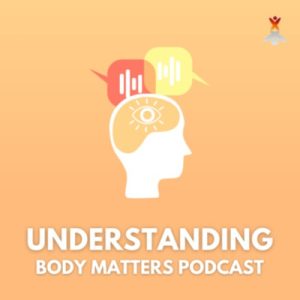
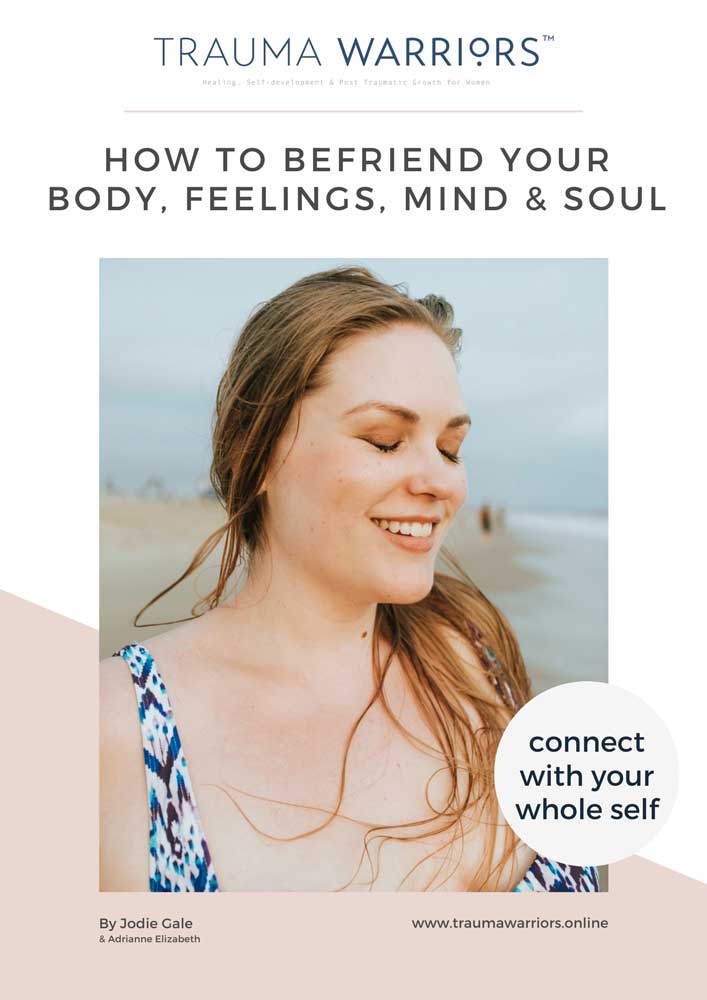
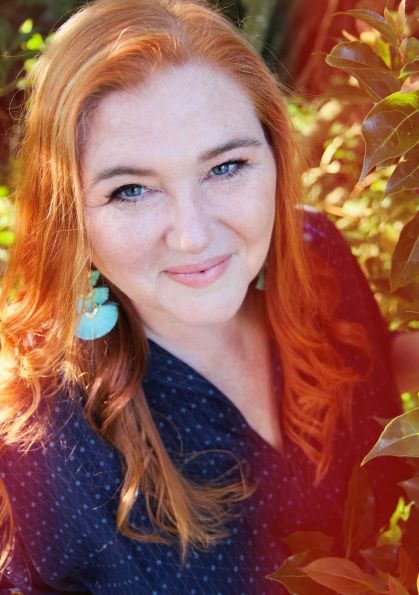
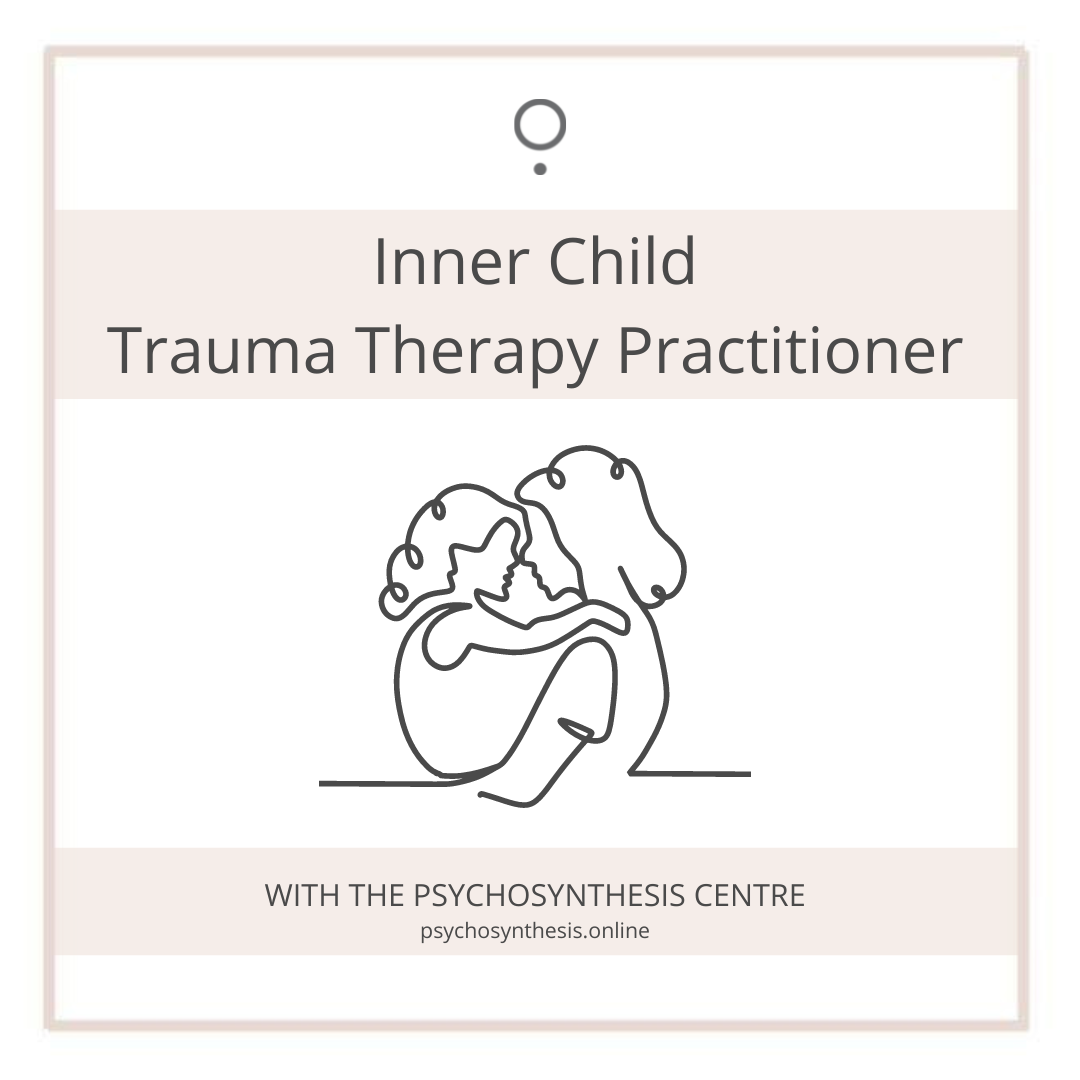
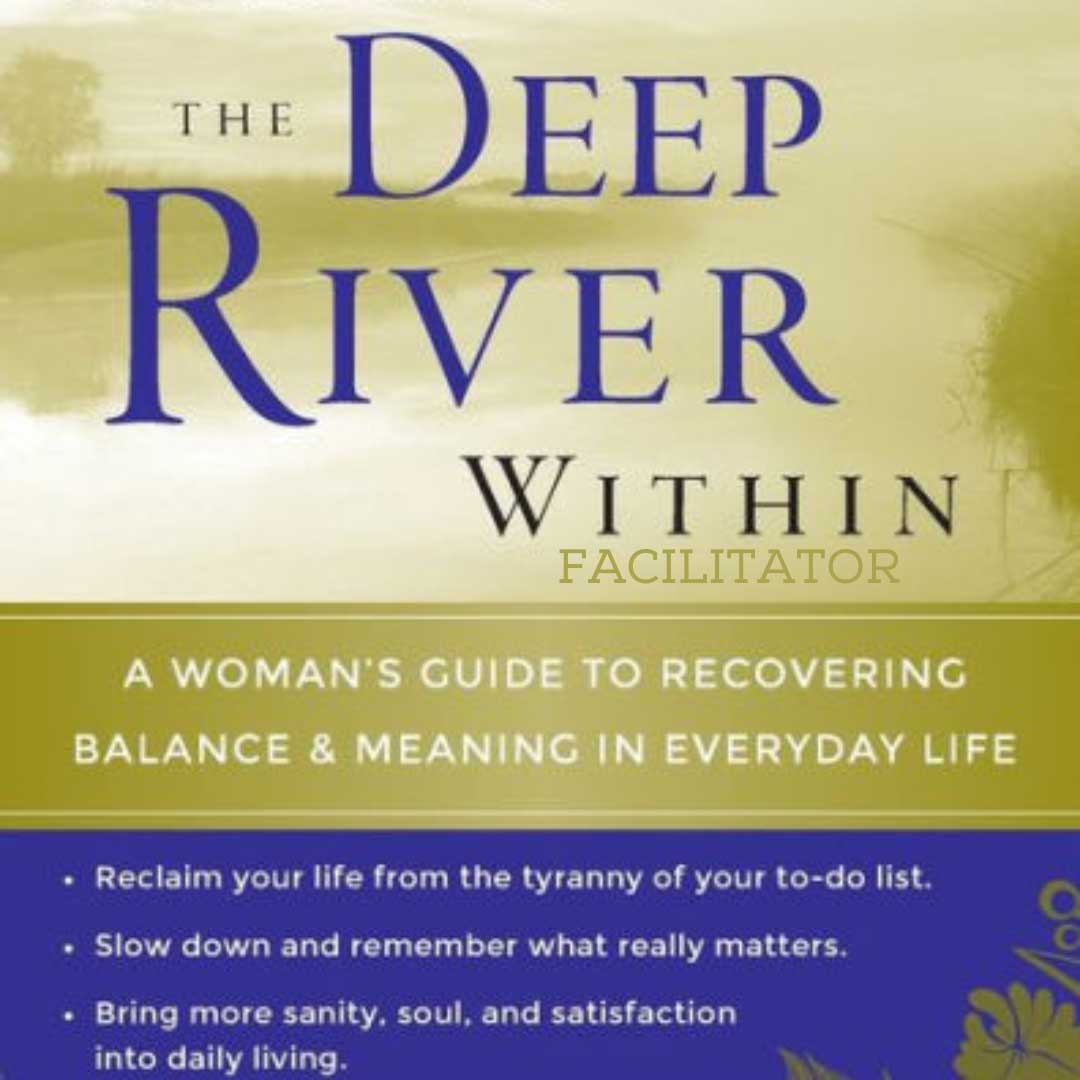
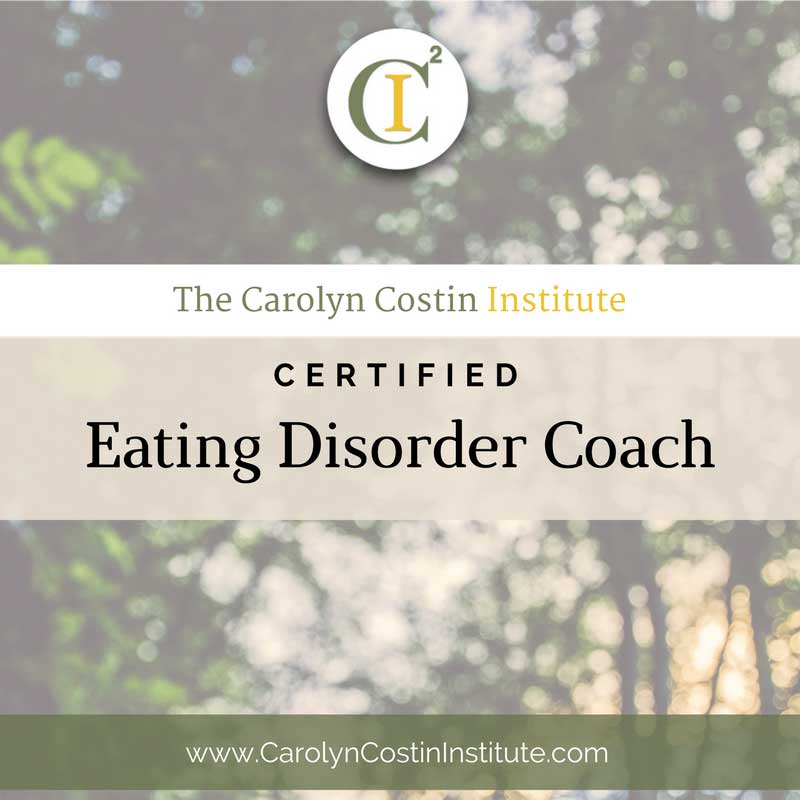
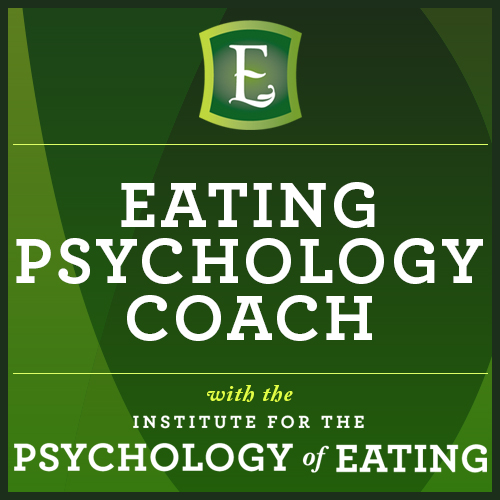
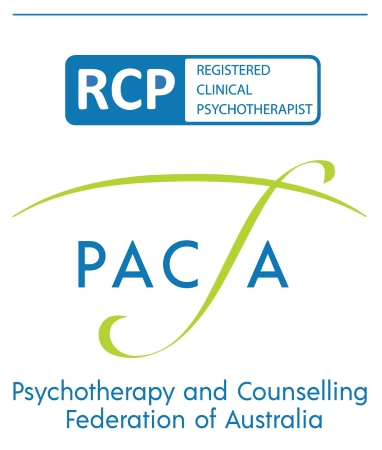
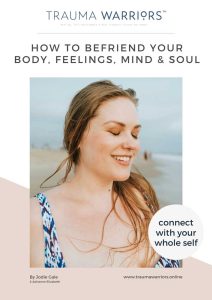
One Response
Thank you for writing this Jodie, it’s extremely helpful.